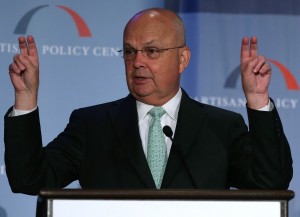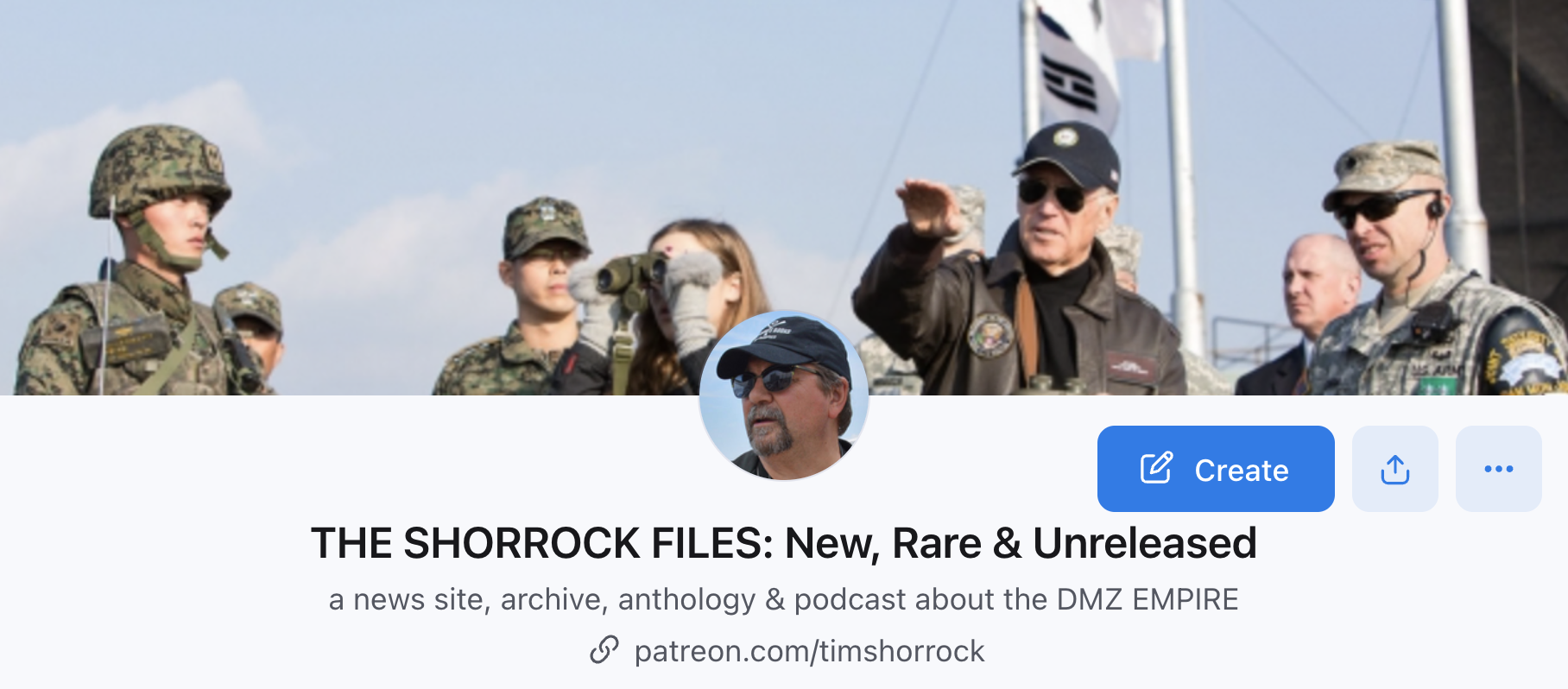
The New York Times just posted a story shedding new light on that big fight in 2004 between the George W. Bush White House and the Justice Department over the post-9/11 mass collection of domestic calling data by the NSA.
Mr. Bush’s secret directives to the agency, starting in October 2001, said the N.S.A. could “acquire” phone and email metadata — logs showing who contacted whom, but not what they said — if at least one end was foreign or if a specific message were linked to terrorism. But the agency was apparently gathering purely domestic metadata in bulk, too, the Justice Department found.
Mr. Bush, in response to the discrepancy identified by the Justice Department, declared that the N.S.A. was authorized to systematically collect the metadata of purely domestic communications, too, so long as analysts only looked at records linked to terrorism. He also declared that the agency had been authorized to do that all along.
The authorization “gap” was among the disclosures in newly declassified passages of a 746-page report by six agencies’ inspectors general about the N.S.A. program, code-named Stellarwind. The report also shows that after March 2004, the Justice Department persuaded the White House to limit the program to investigations of Al Qaeda, rather than allowing it to be used for other types of international counterterrorism investigations, to make the argument that the program was legally justified as a wartime measure.
The government provided the information to The New York Times late Friday night as part of a Freedom of Information Act lawsuit seeking the public disclosure of the report.
Most of this we already knew, of course. And whether there was an internal administration fight or not, the contractors – er, “intelligence professionals” – working on these systems still made out like bandits. After all, they’re the ruling class of U.S. intelligence — read “How Private Contractors Have Created a Shadow NSA,” my piece on this class in The Nation last June.
